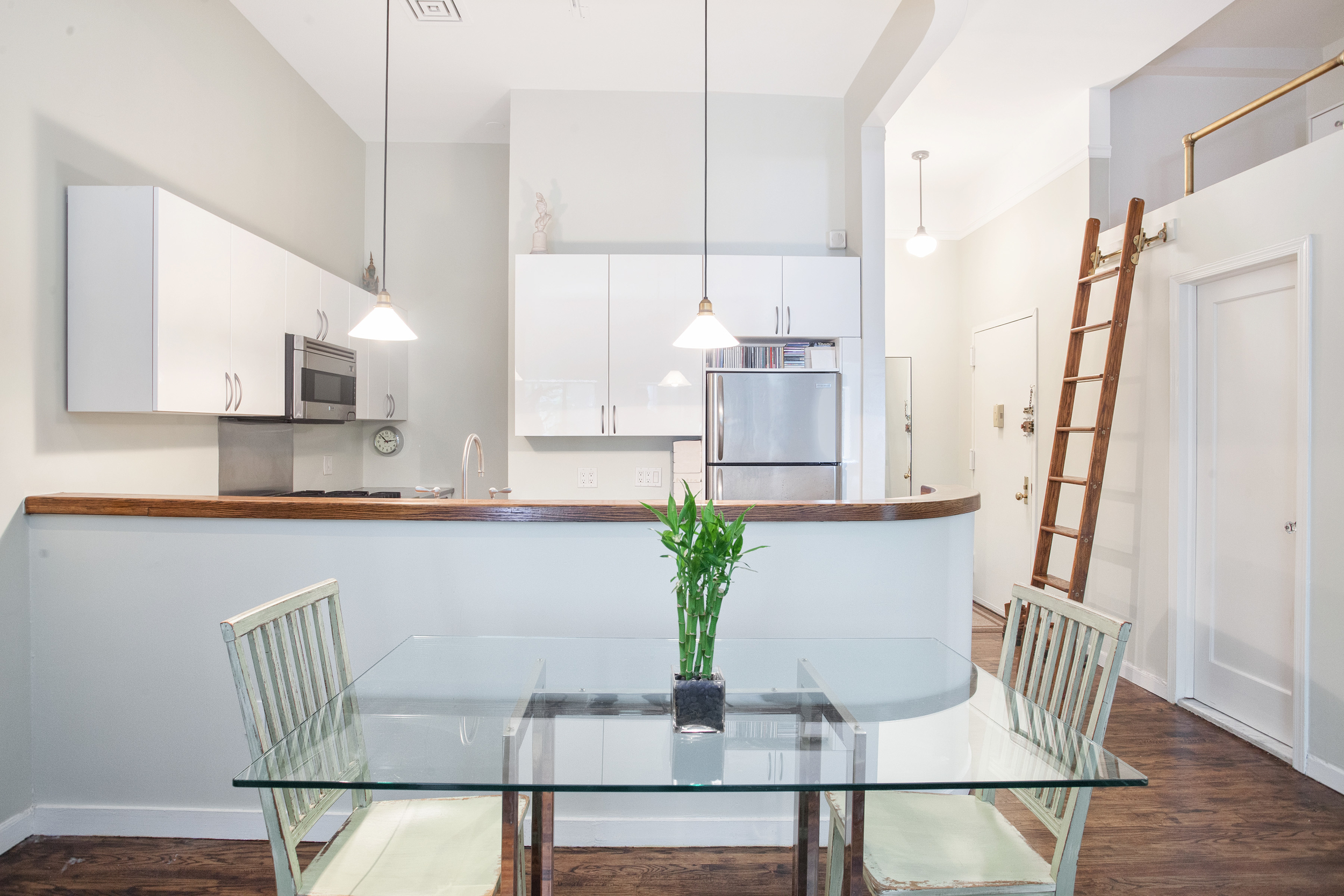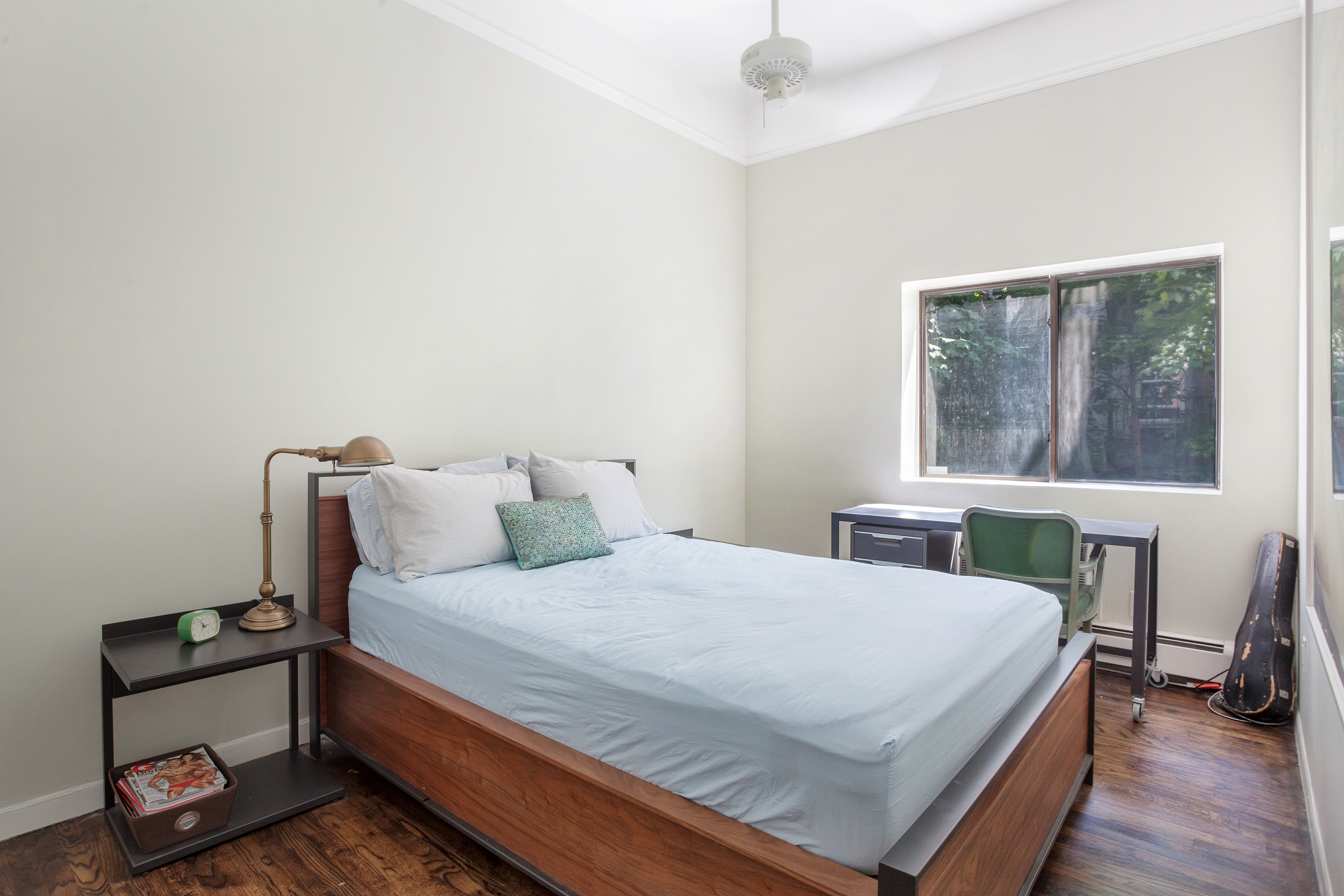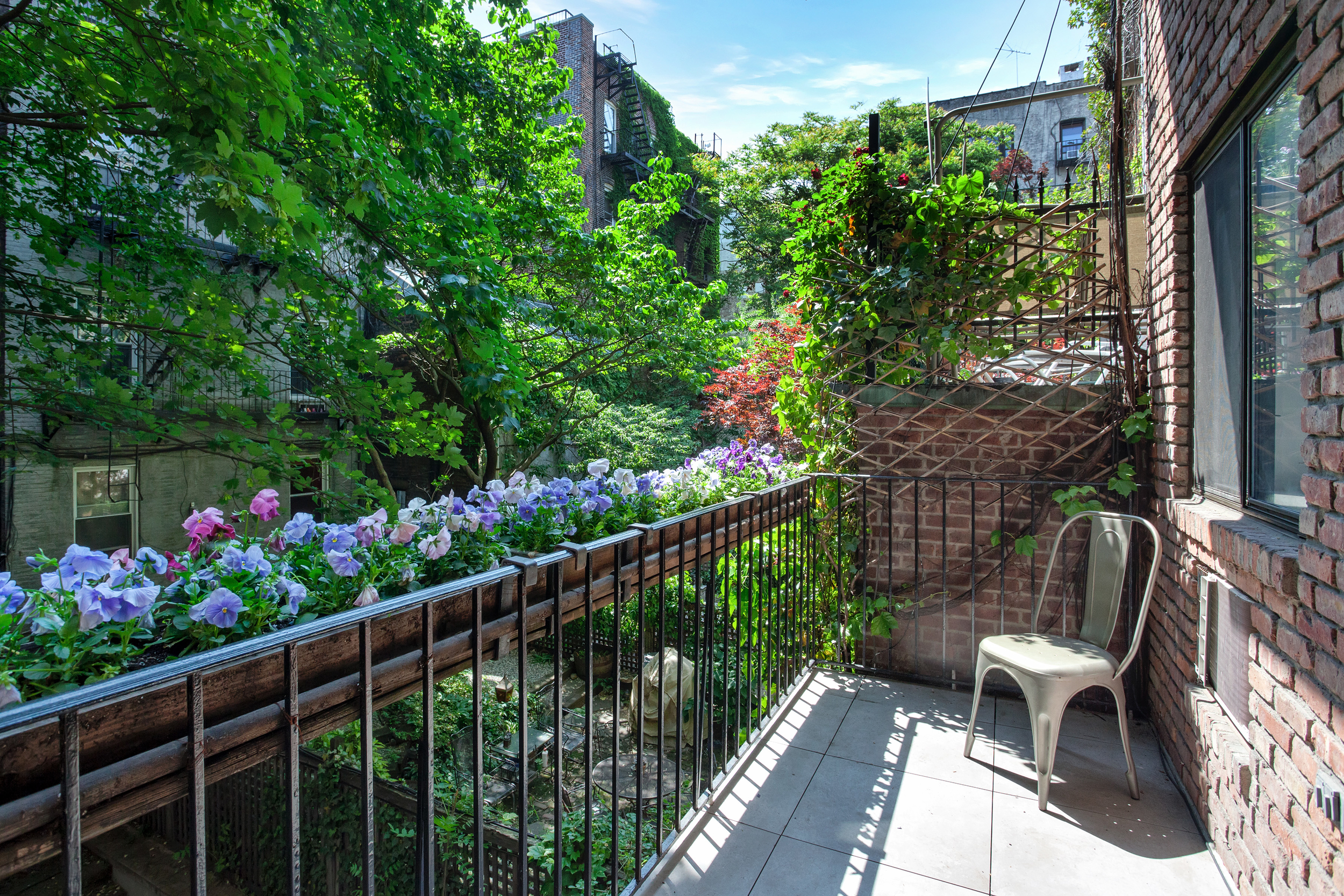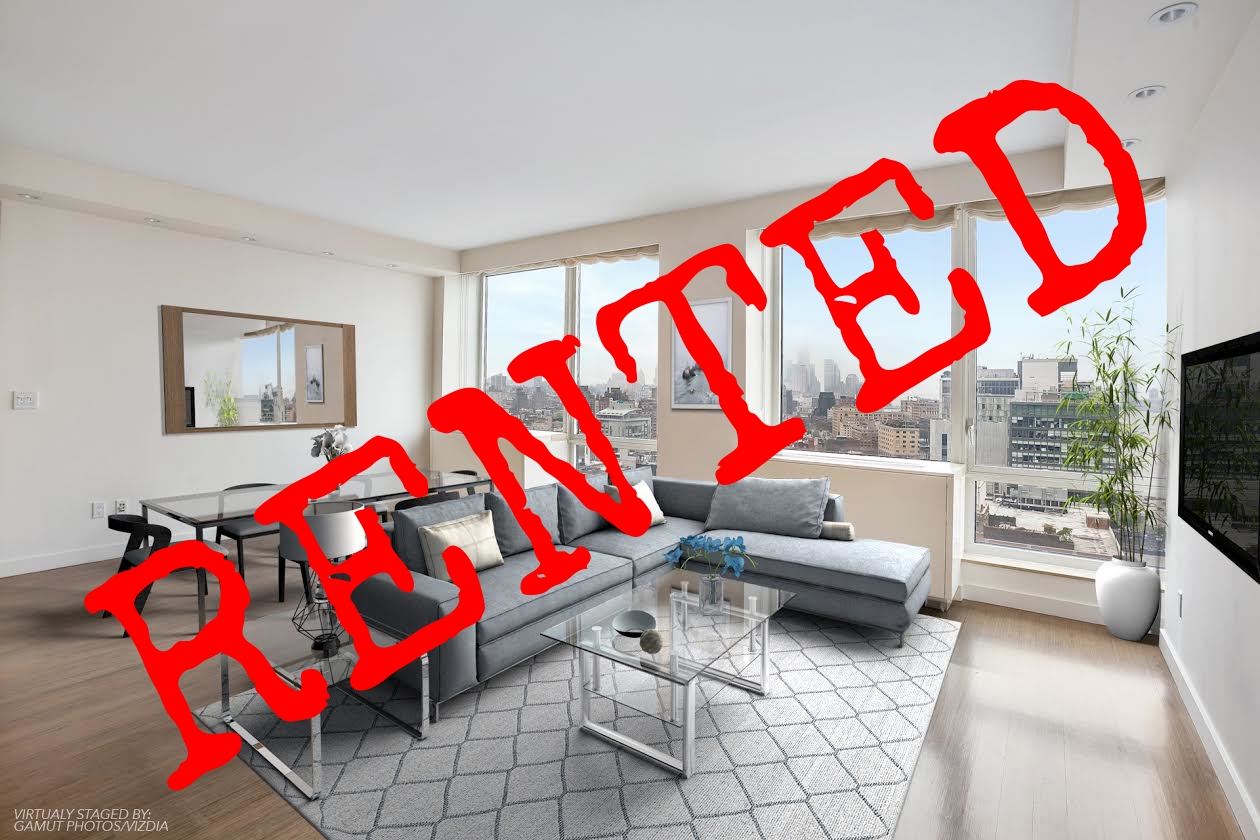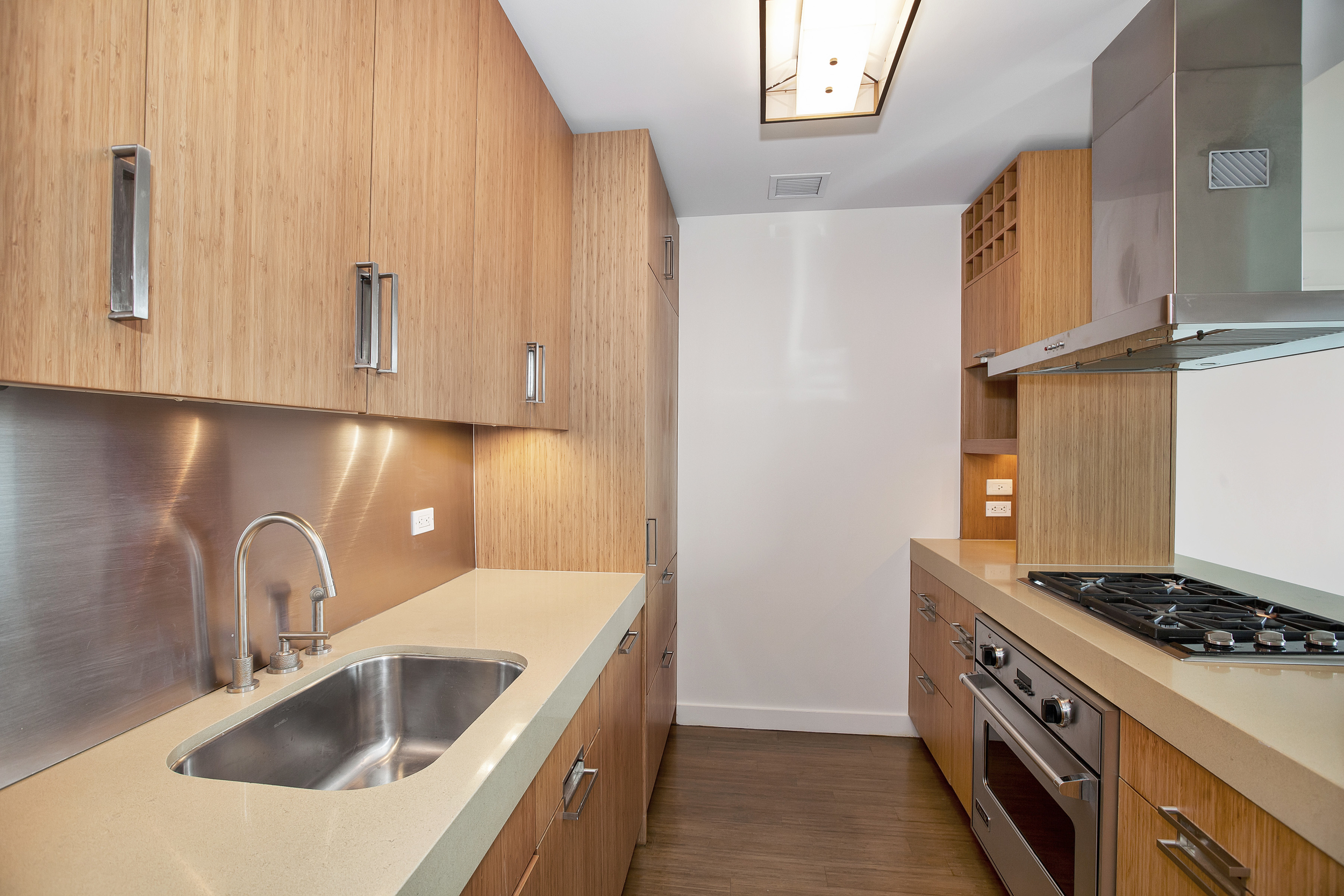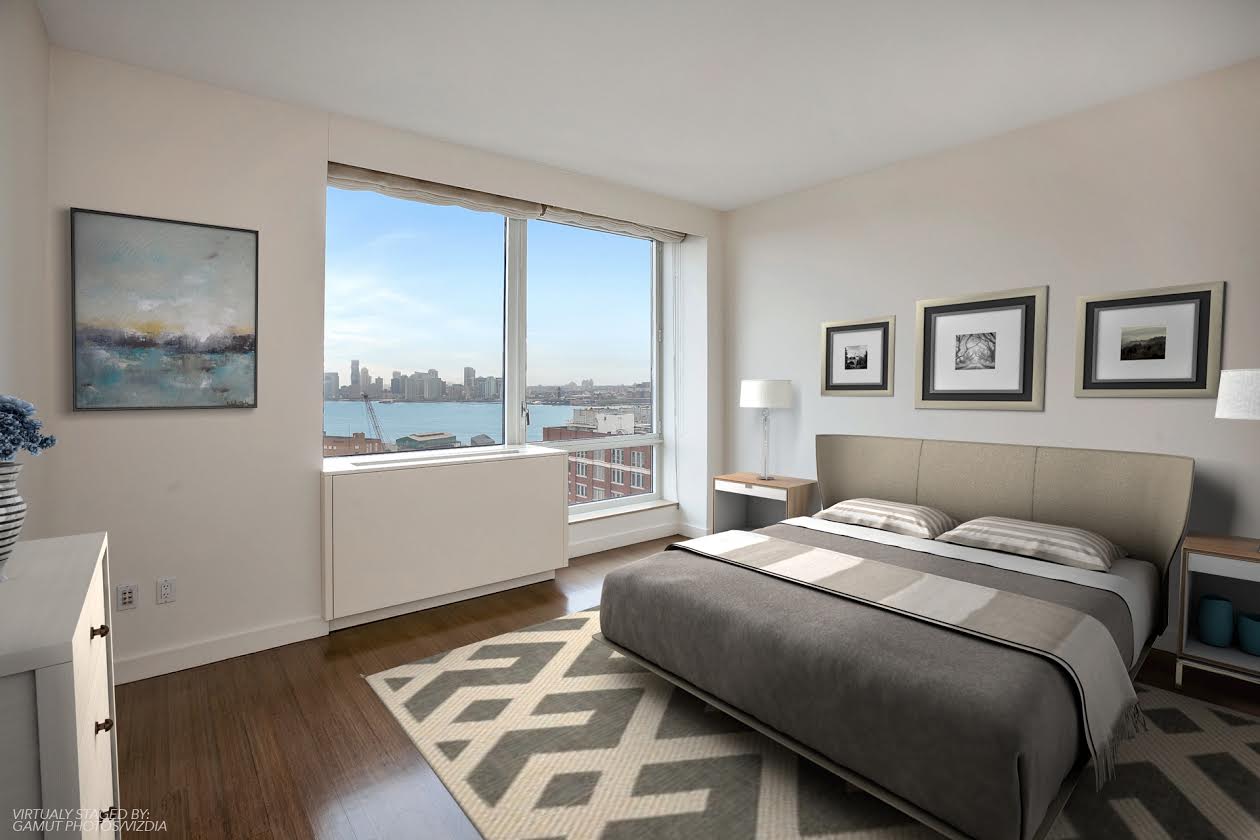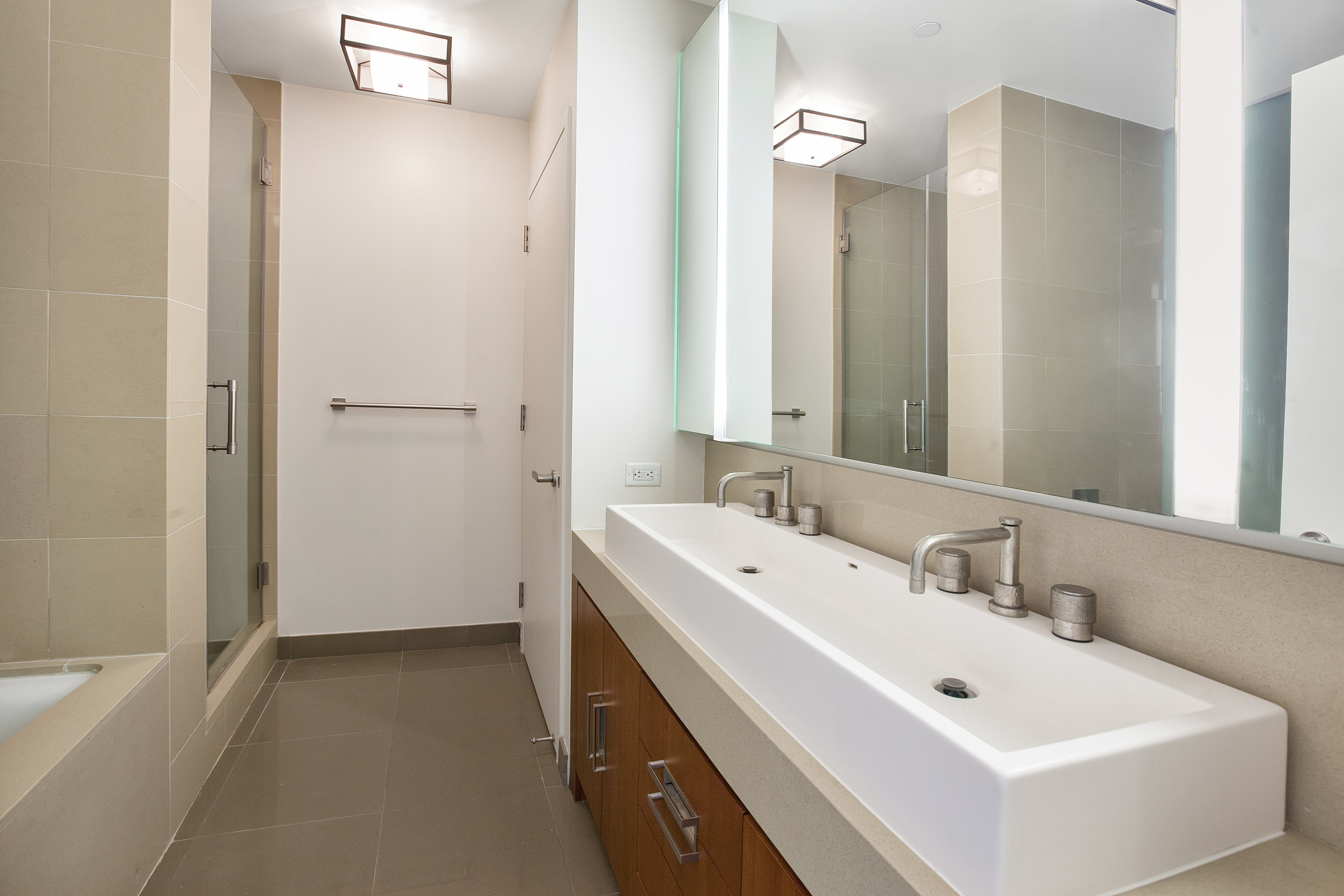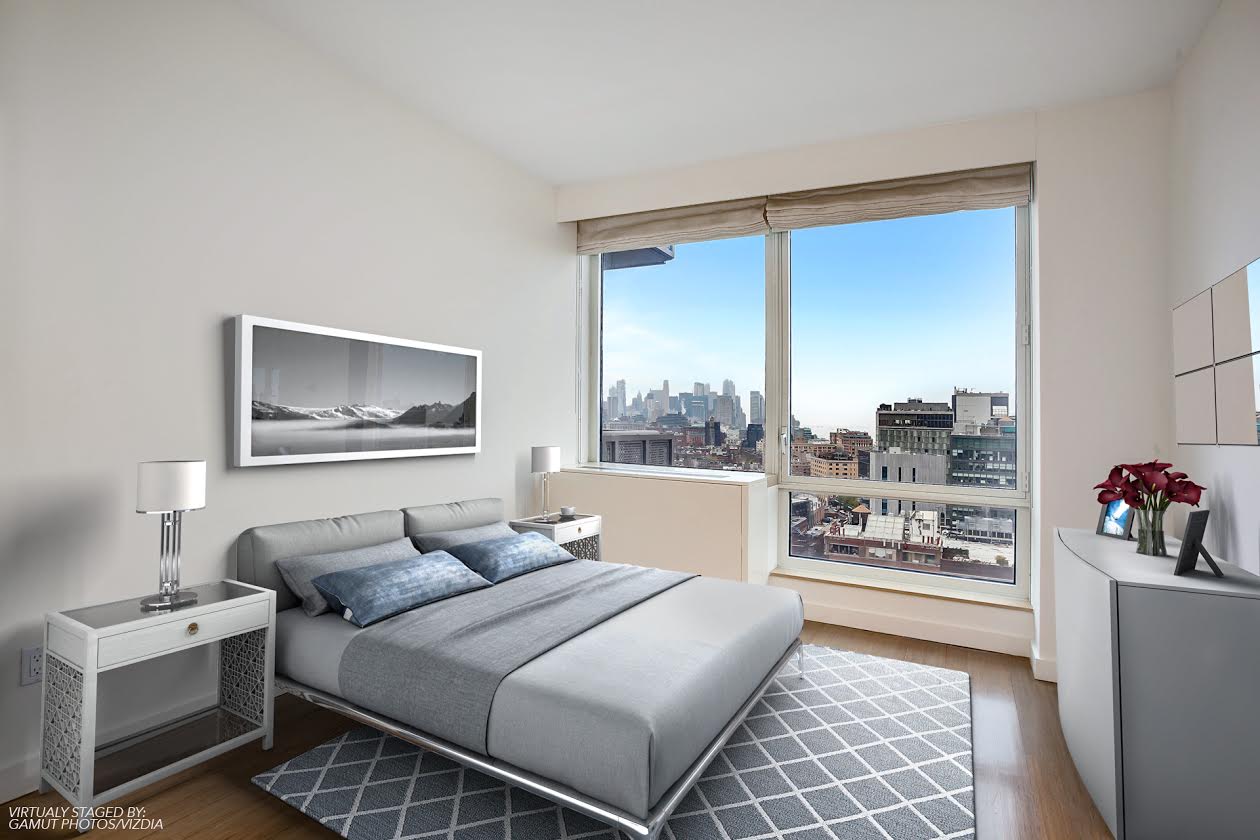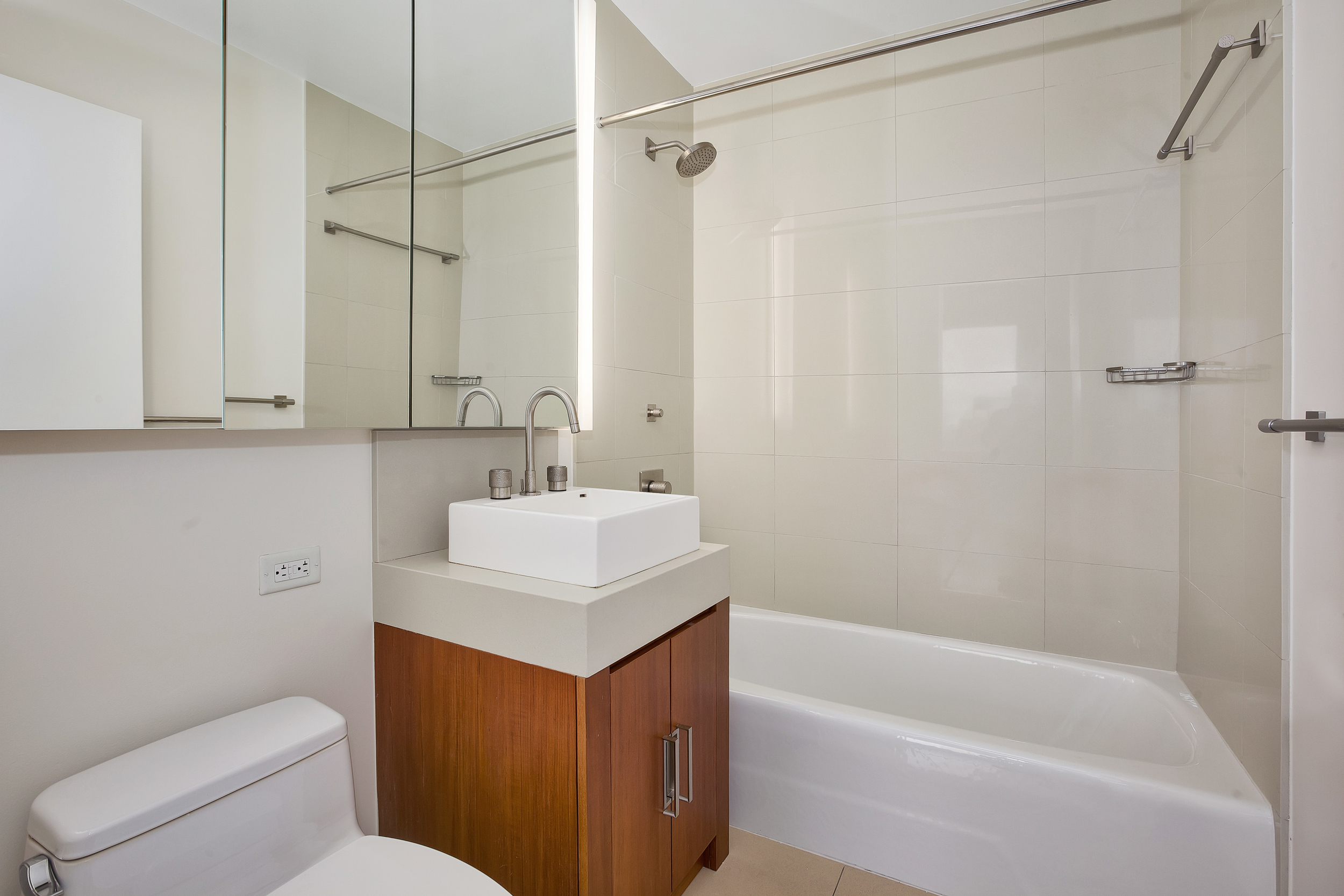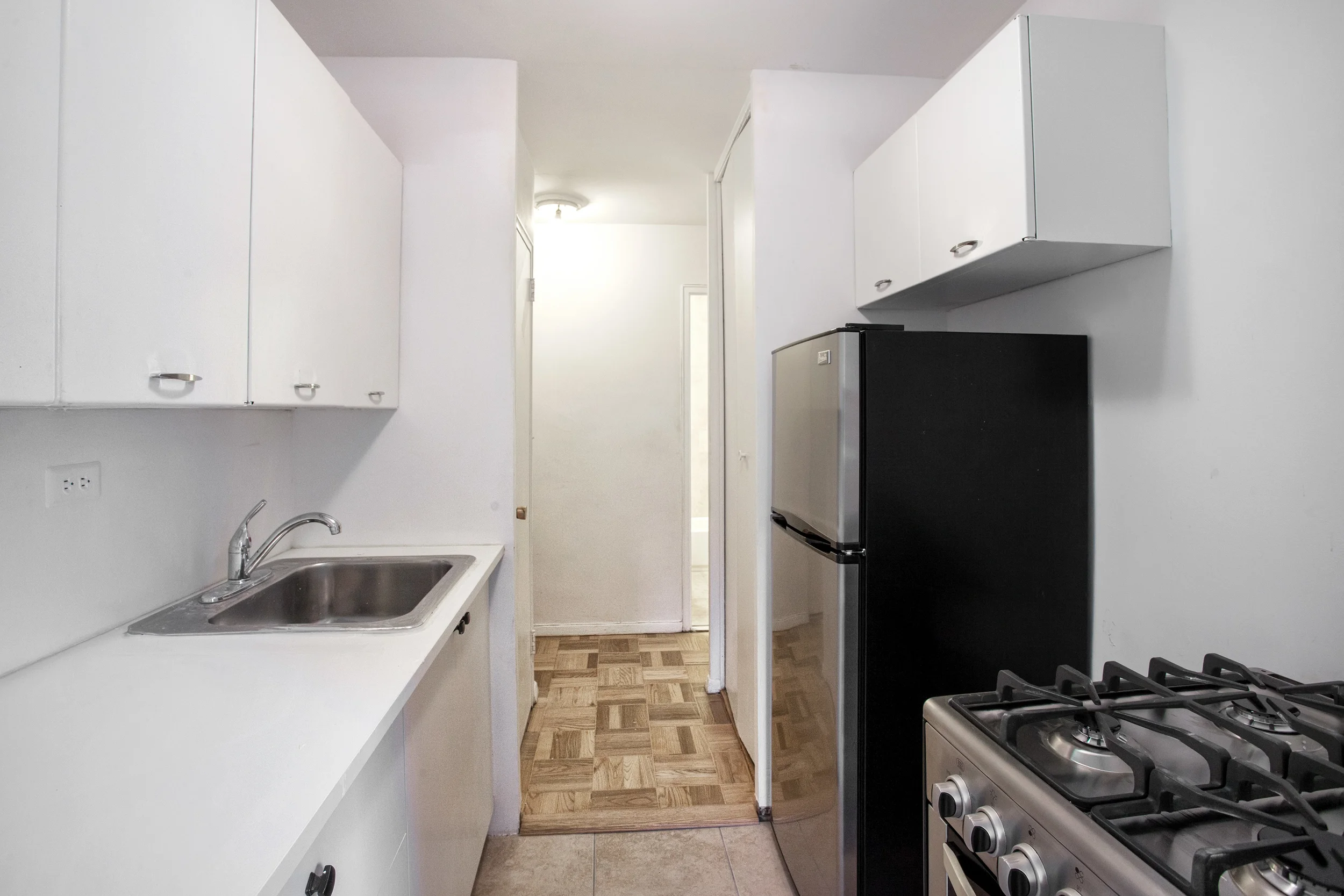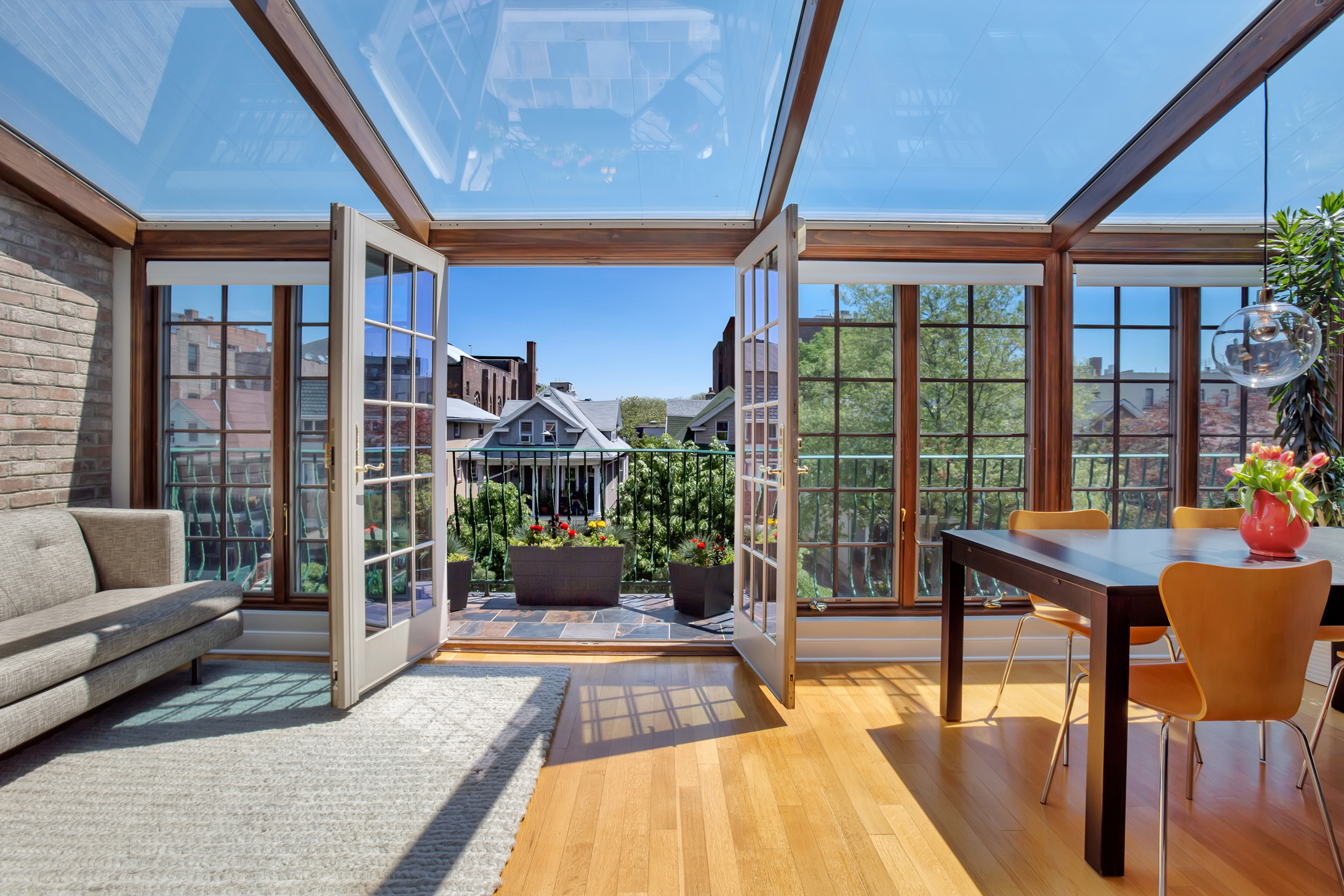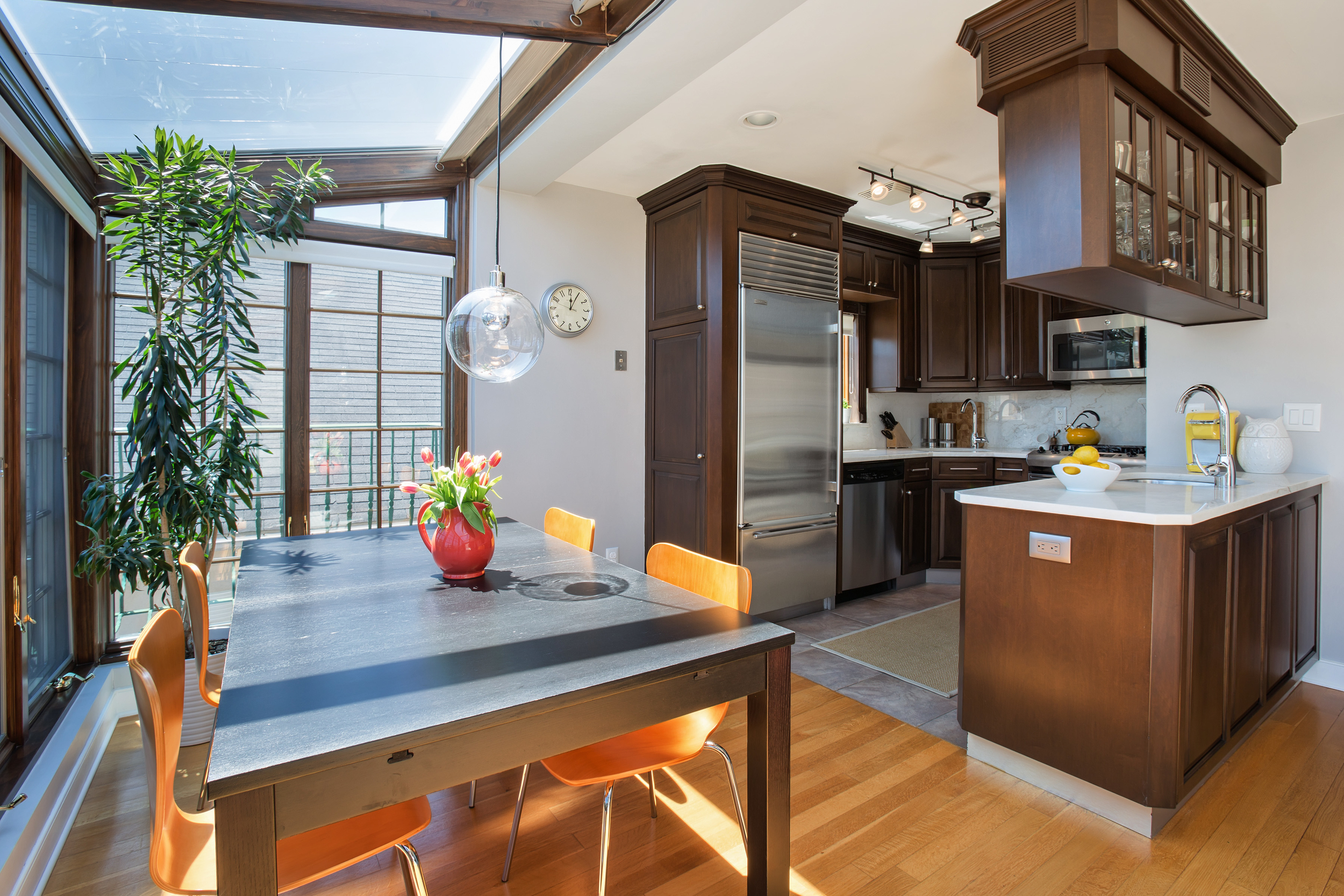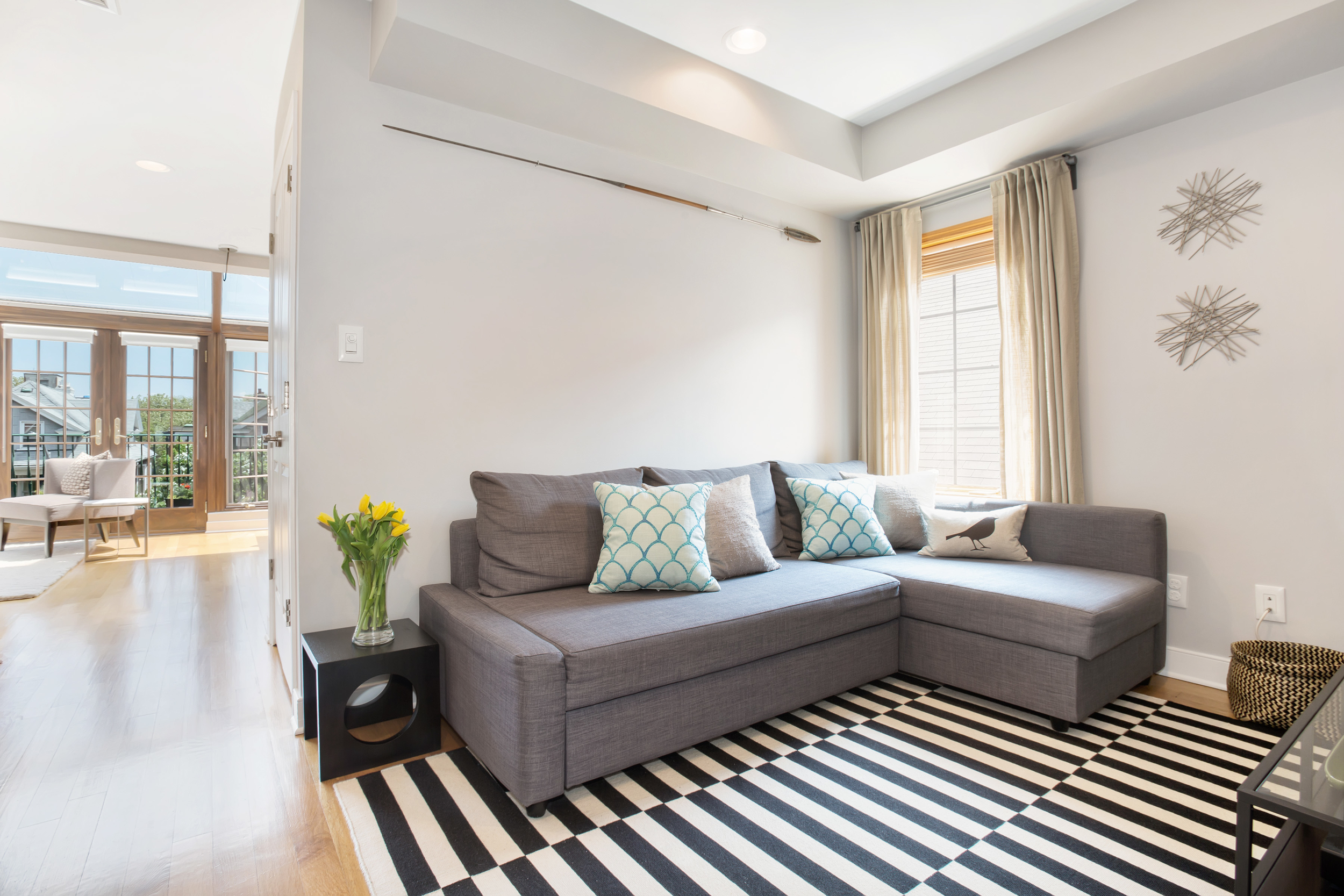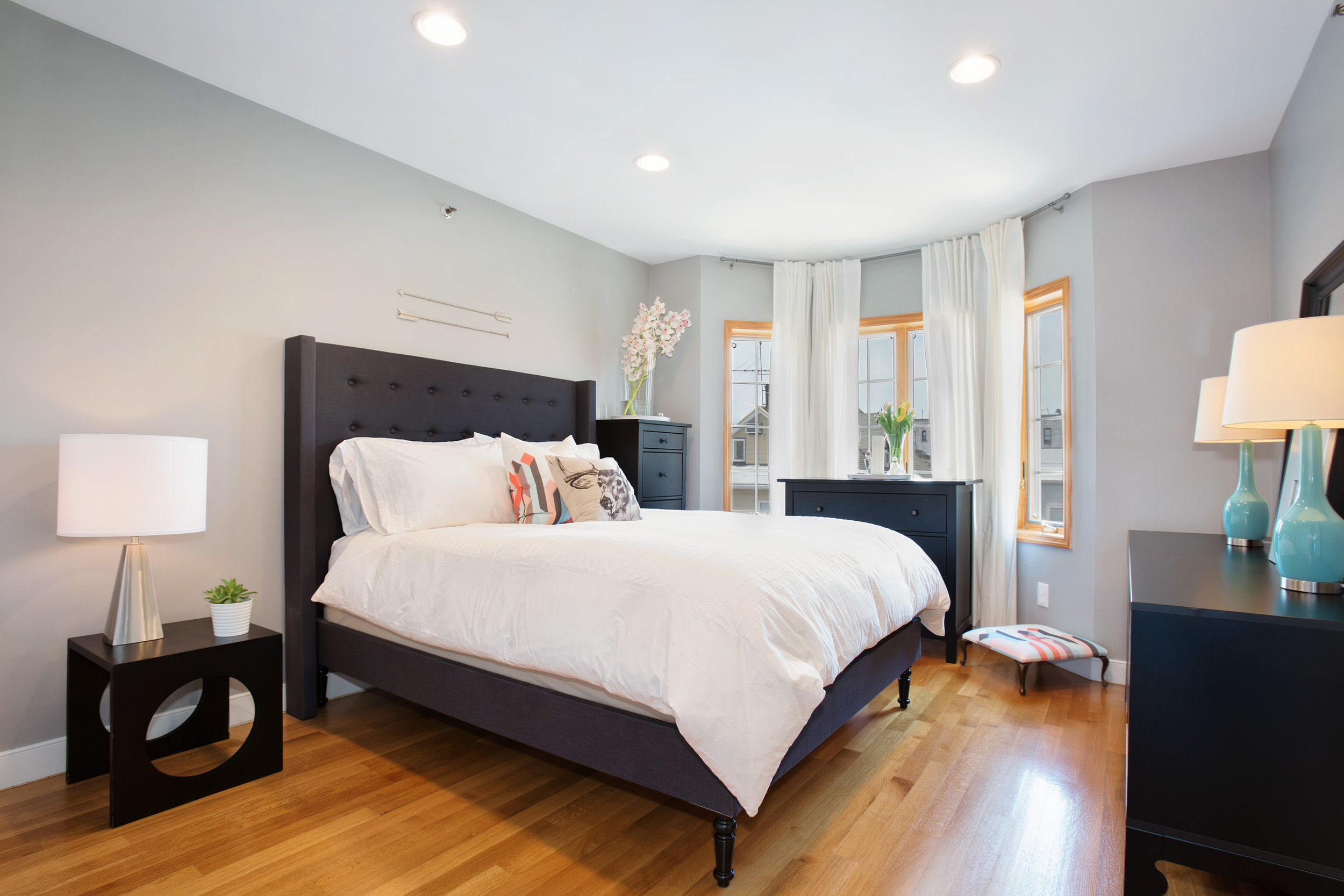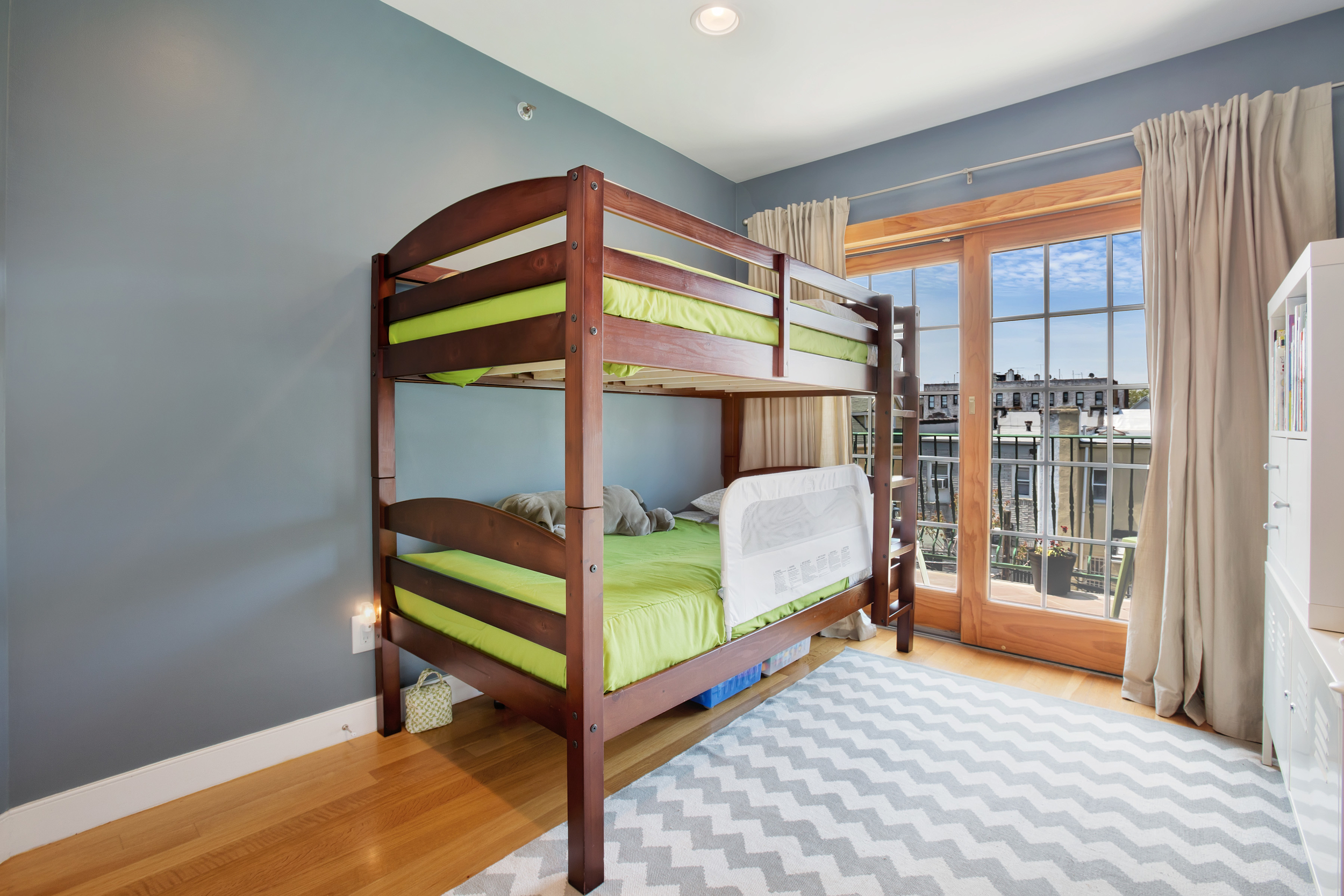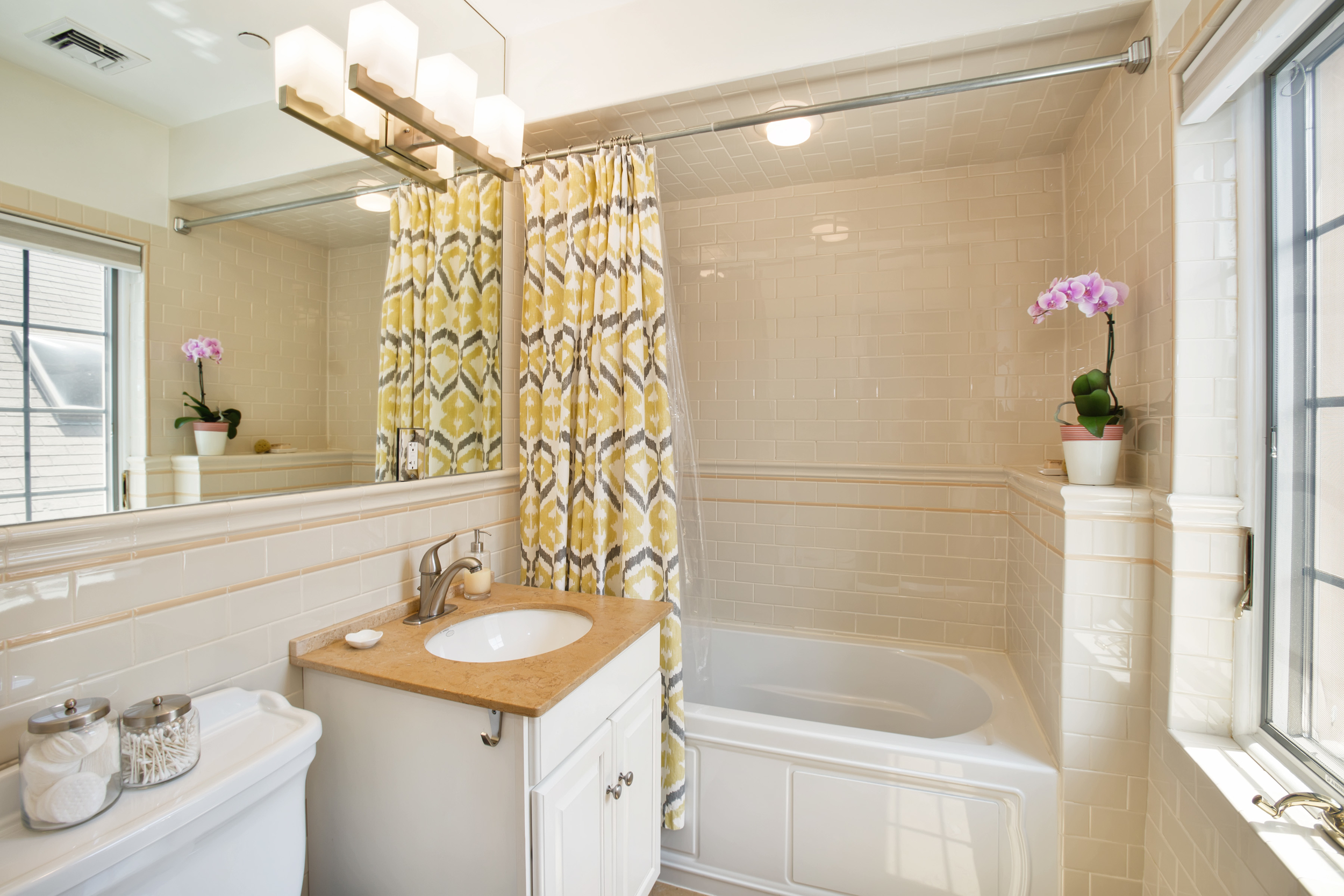Steve Witkoff isn’t known for pulling punches. And he wasn’t about to start today.
“I believe that we’re going to see some real distress,” the developer said Tuesday, sounding alarm bells over the state of New York’s new development market.
Speaking about the new development market at Weiser Mazars’ Commercial Real Estate Summit, Witkoff said “Miami is a brewing storm and it’s going to get even worse out there (…) and I think in part we’re going to see it in New York.” His firm, he claimed, tracks at least 15 new projects in New York that sell just one percent of their units per month.
“That’s a 100-month sellout. Unless you’re MaryAnne Gilmartin or Larry Silverstein you can’t withstand a 100-month sellout.”
Gilmartin, the CEO of Forest City Ratner, and Marty Burger, CEO of Silverstein Properties, happened to share the stage with Witkoff for the panel, which also included Howard Hughes Corp. CEO David Weinreb, Ackman Ziff’s president Simon Ziff, and Cole Schotz attorney Leo Leyva.
Two years ago, such a panel would have been an occasion to gush about never-ending demand from foreign investors. But Tuesday’s talk was more somber, focusing on the numerous challenges facing a swooning market. Top of the list:tighter financing.
“A lot of investors hit the pause button,” said Ziff, whose firm specializes in capital markets brokerage. He said demand from investors has cooled across the capital stack, be it senior debt, mezzanine financing or equity.
“It’s just taking a lot more conversations to get a lot fewer people to the table,” he said.
Weinreb stressed the importance of building up cash reserves as financing grows tighter, while Leyva observed that developers are forced to spend more on loans. “Strong sponsors trying to go to the banks are not getting financing,” Leyva said. “You’d be surprised as to the names of some of the sponsors or developers that are using non-traditional financing. This year we’ve seen a huge surge in bridge lending.” Howard Hughes Corp., he revealed, plans to finance its South Street Seaport commercial development through its own balance sheet.
Panelists also complained about rising construction costs and delays, caused by booming demand for a limited number of contractors. Over the past three years, “I would bet you that you can’t name me one single project that was on time and on budget” Witkoff said. “That’s how stretched ;subcontractors] are, that’s how bad schedules are.”
“The risk-reward equation has changed dramatically for sensible people,” he added, arguing that rising construction costs and increasing delays discourage developers from building.
Burger agreed. “We’re always trying to get the A team from our contractor, but the A teams today are stretched across seven or eight projects when they should only be working on three or four,” he said. “The architects, consultants and engineers are all stretched. It’s really hard to get quality work out of anyone because they’re taking on too much work.”
Gilmartin bemoaned a lack of government support for new development in New York, pointing to the expiration of 421a and uncertainty over the future of the EB-5 visa program, both programs Forest City has made repeated use of.
“The debacle over 421a will have far reaching implications for ground-up residential construction,” she said.




